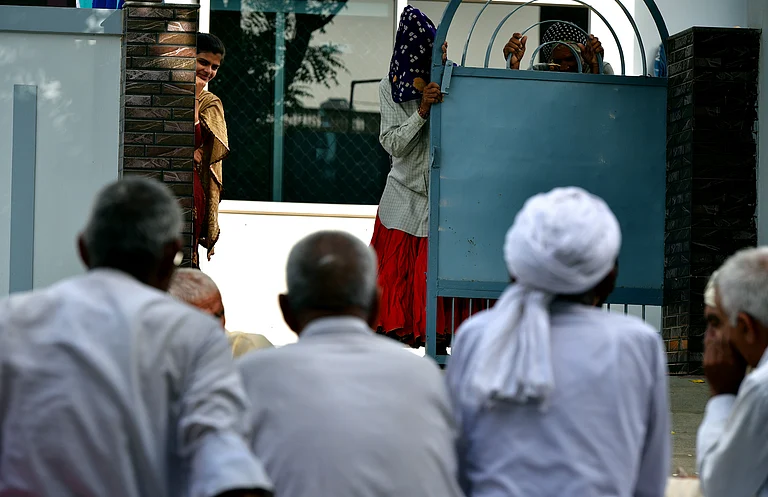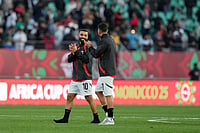Shoplifting is a common crime across the United States, but the penalties vary widely from state to state. In California, the threshold for felony shoplifting is set at $950, whereas in Texas, it can be as high as $2,500 or more. The diversity in these limits reflects the differing approaches states take to deter and punish theft. In this article, we'll explore the shoplifting limits in various states, shedding light on the penalties imposed for this crime.
California - $950
California is known for its relatively lenient approach to shoplifting when compared to many other states. In the Golden State, shoplifting becomes a felony when the stolen goods are valued at $950 or more. Below this threshold, shoplifting is typically charged as a misdemeanor, which carries lighter penalties such as fines, probation, or short jail sentences. The $950 limit is a reflection of California's focus on rehabilitation and reducing prison populations.
Texas - $2,500 or More
In stark contrast to California, Texas has one of the highest shoplifting thresholds in the country. Shoplifting becomes a Class A misdemeanor in Texas when the stolen goods are valued at $2,500 or more. This increased limit is indicative of Texas' tough stance on property crimes. Felony convictions for shoplifting in Texas can result in lengthy prison sentences, significant fines, and a permanent criminal record, making it one of the harshest states for shoplifters.
New York - $1,000
New York, like California, takes a more lenient approach to shoplifting compared to some other states. In the Empire State, shoplifting becomes a felony when the stolen goods are valued at $1,000 or more. Below this threshold, shoplifting is considered a misdemeanor, with penalties that may include fines, probation, or short jail sentences. New York's threshold reflects a desire to focus on rehabilitation and reduce the burden on the criminal justice system.
Florida - $300
Florida has a relatively low shoplifting threshold, with felony charges applying when the stolen goods are valued at $300 or more. Shoplifters in Florida can face serious consequences, including imprisonment, fines, probation, and a criminal record that can affect future opportunities. The state's lower limit is intended to discourage theft and protect businesses from losses.
Arizona - $1,000
In Arizona, shoplifting becomes a felony when the stolen goods are valued at $1,000 or more. Below this threshold, it is considered a misdemeanor. Arizona's approach to shoplifting reflects a balance between deterrence and rehabilitation, with penalties designed to punish offenders while also offering opportunities for rehabilitation and reintegration into society.
Shoplifting laws in the United States vary significantly from state to state, leading to a patchwork of regulations and penalties. While some states like California and New York have relatively high shoplifting thresholds, focusing on rehabilitation and reducing the burden on the criminal justice system, others like Texas and Florida take a more punitive approach with lower thresholds and severe penalties.


























